Togo is a small country, only 56,790sqkm, less than 6million people and a coast line of 56km we did not anticipate being in Togo for long. We crossed into Togo at a little border, which according to the Lonely Planet and other travel guides was only open to pedestrians as the bridge had been swept away. The Ghanaian police entered our details into his book which revealed we were the 8th vehicle since August. We had to fill out forms and Tom was made to rewrite his form as he misspelt the name of little village we had come from. First they used white out to erase his parts of his signature that had gone over the lines, they wanted to ensure that everything was done according to the rules.Then we headed for Togo customs across the river and hopefully a bridge. The Togolese customs could not complete our forms as his boss had the stamp for the Carnet, but we could find him at the next village. We drove up the plateau on a road we call a “committed road,” with shear drops, hair pin turns on a road only as wide as the car, no turning back, no u-turns and we pray we don’t met any oncoming traffic, although with only 8 cars since August we felt confident we were the only vehicle on the road.The vista from the road was spectacular, as we climbed higher and higher up onto the plateau. With dense vegetation, huge trees wrapped in vines covered in flowers, we felt we were in the land where Tarzan must have lived. We finally reached a village and began our search for the “boss” so we could have our vehicle legally stamped into Togo. Tom had to show him what to do but soon with all the formalities were completed we headed for the next village where we hoped we could find a money changer.We needed to head for a market where with some asking around we found someone willing to change some money for us. Soon we were headed for Klouto where we planned to spend the night.
Enlarge

Adventurouspirits
Described in the Lonely Planet as a place that would “appeal to hermits and bank robbers” we headed for the former German Hospital built before WW1 where we believed we could camp. The large building looked eerily deserted and in need of repairs but as soon as we stopped we were greeted by the guard and the cook of the hotel who seemed thrilled to have some travelers. Klouto is in a forested area which is known for having a huge variety of butterflies and we planned to explore the region the following day with a local celebrity Monsieur Prosper who is a butterfly expert.
Enlarge

Adventurouspirits
Enlarge
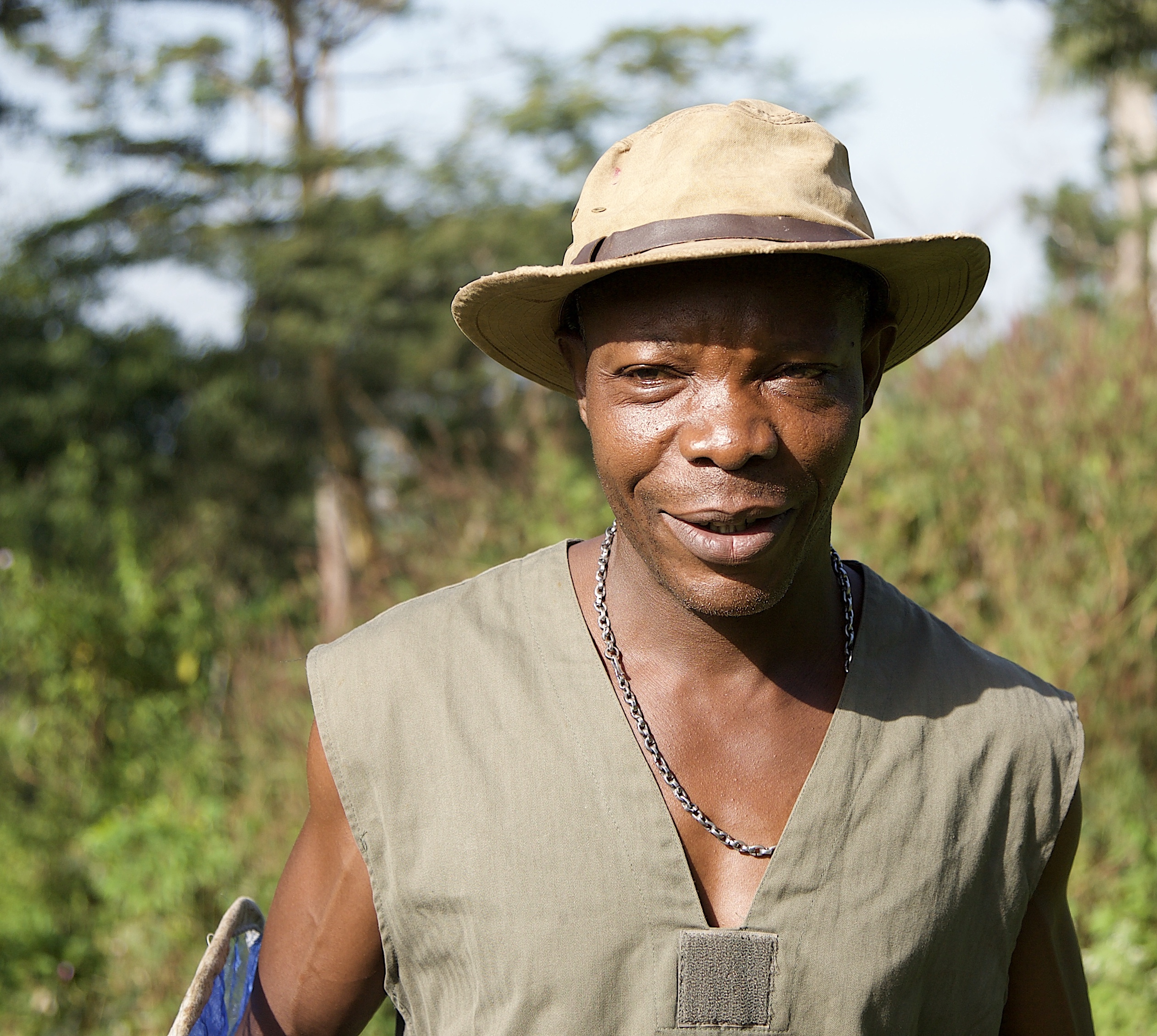
Adventurouspirits
Monsieur Prosper took his blue butterfly net and we all headed off in search of butterflies. He looked like a ballet dancer prancing after the elusive butterflies, flailing his net in the air and then success a butterfly caught. He knew all the English, French and Latin names. Completely self taught. It was very impressive.
Enlarge
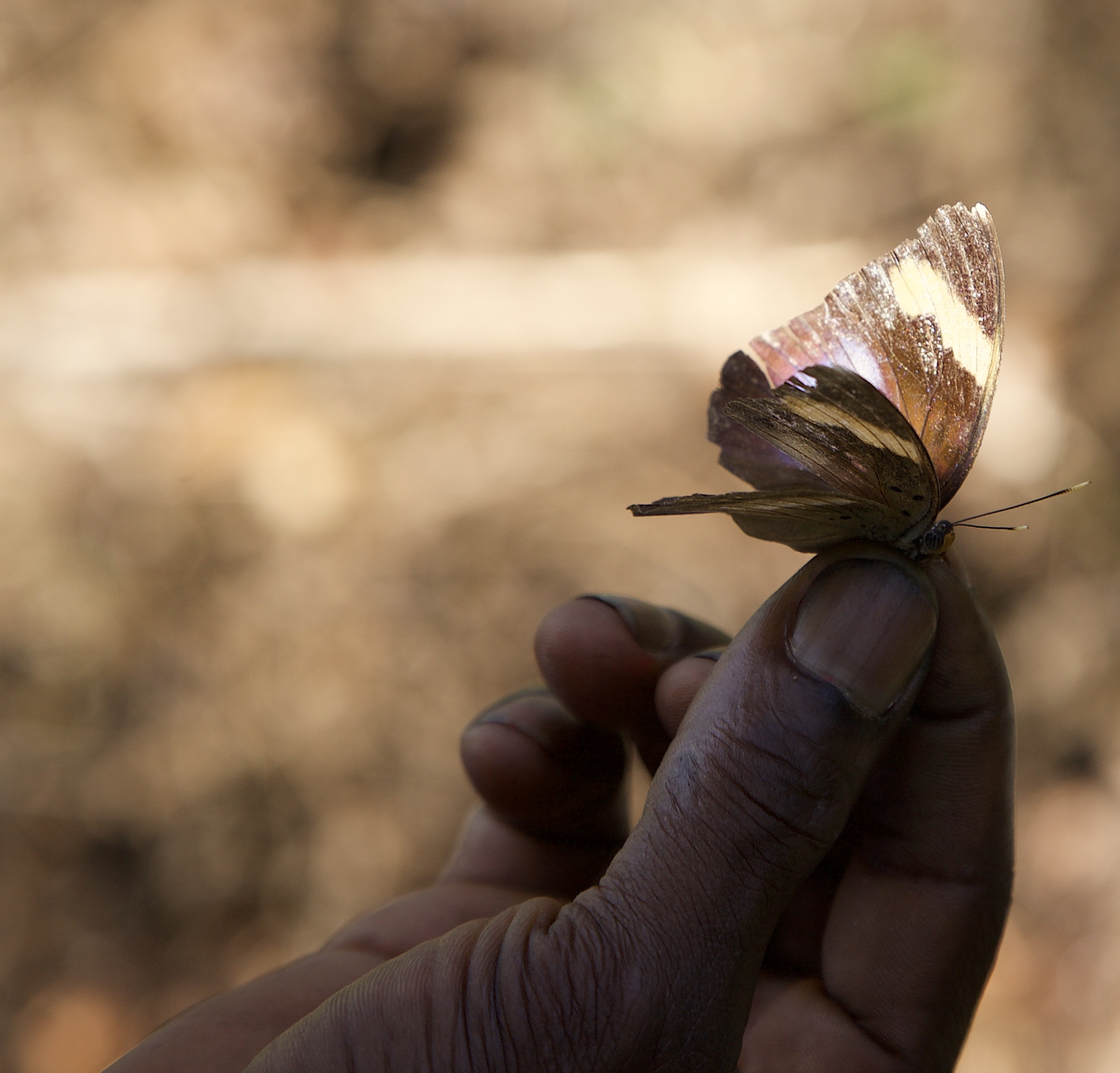
Adventurouspirits
Enlarge

Adventurouspirits
Enlarge
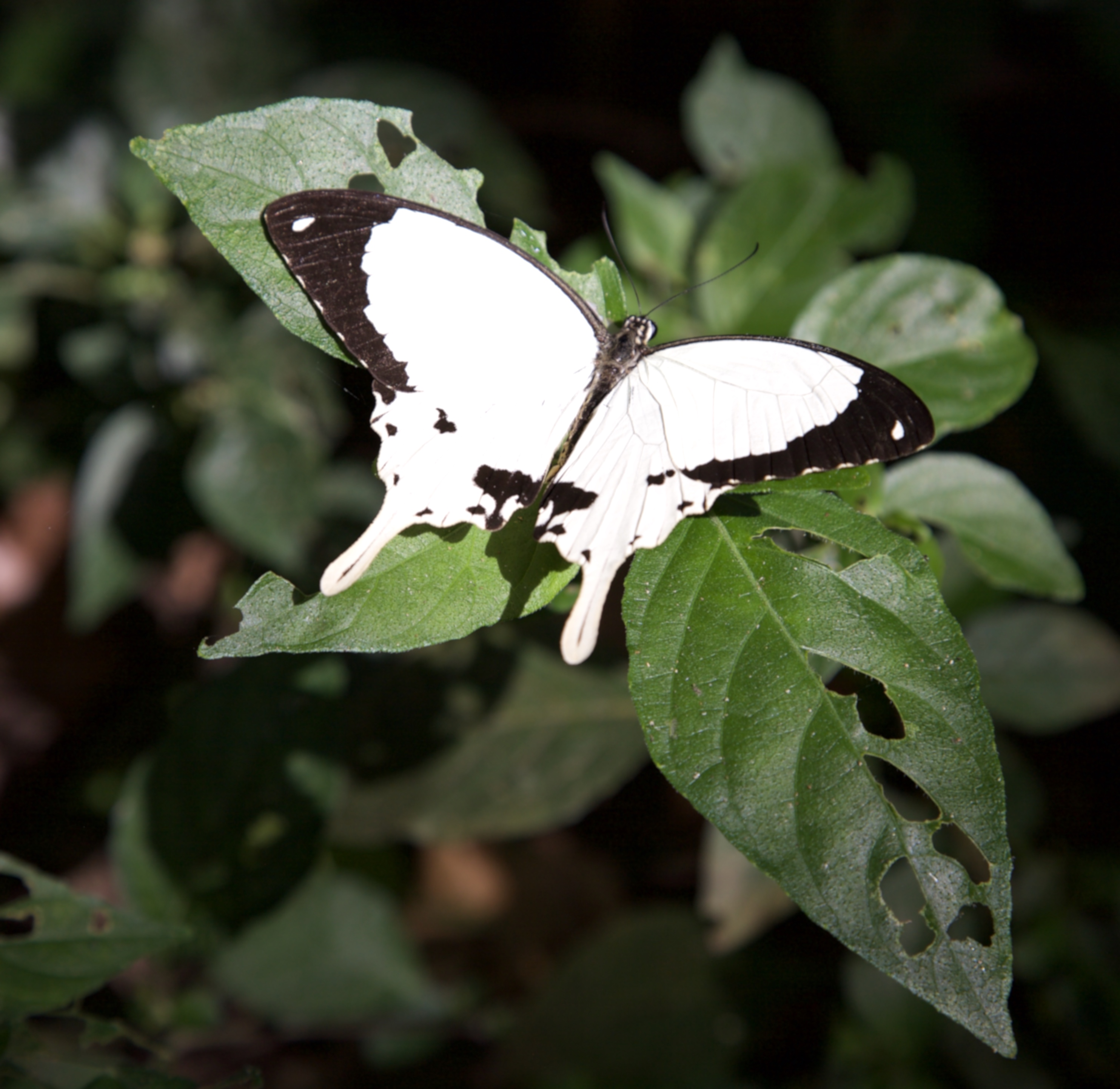
Adventurouspirits
Enlarge

Adventurouspirits
Enlarge
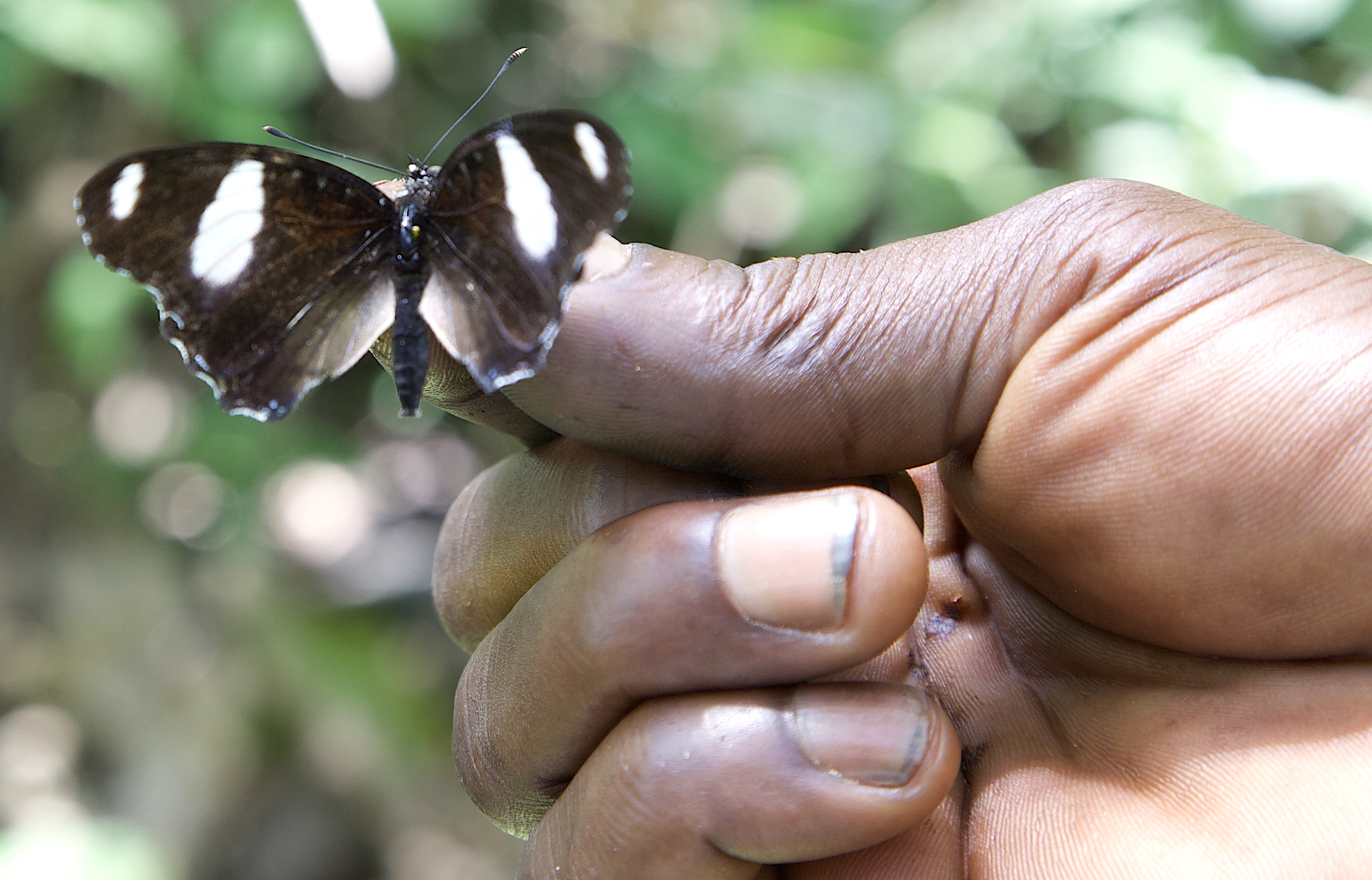
Adventurouspirits
Enlarge
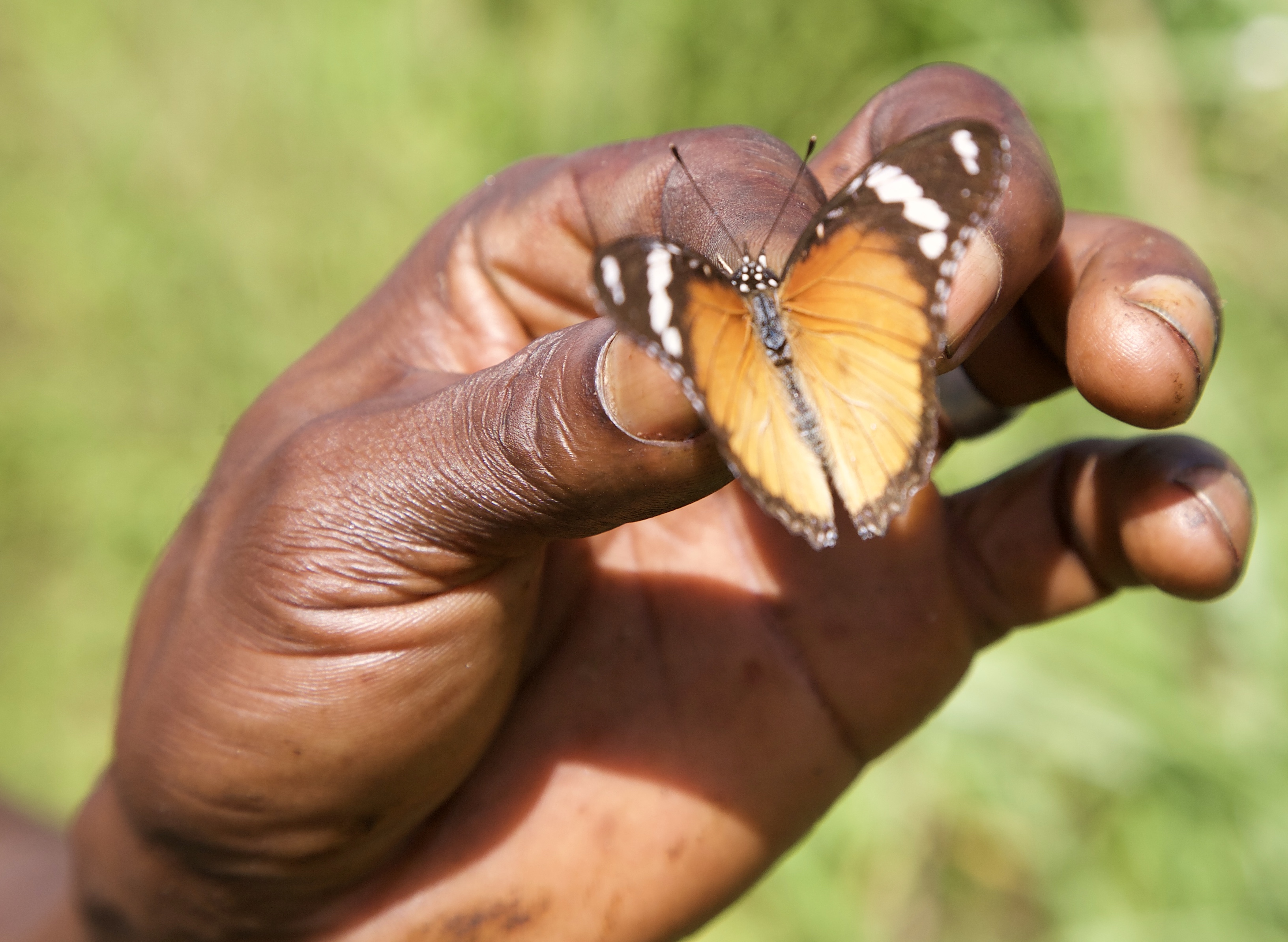
Adventurouspirits
Enlarge

Adventurouspirits
Enlarge
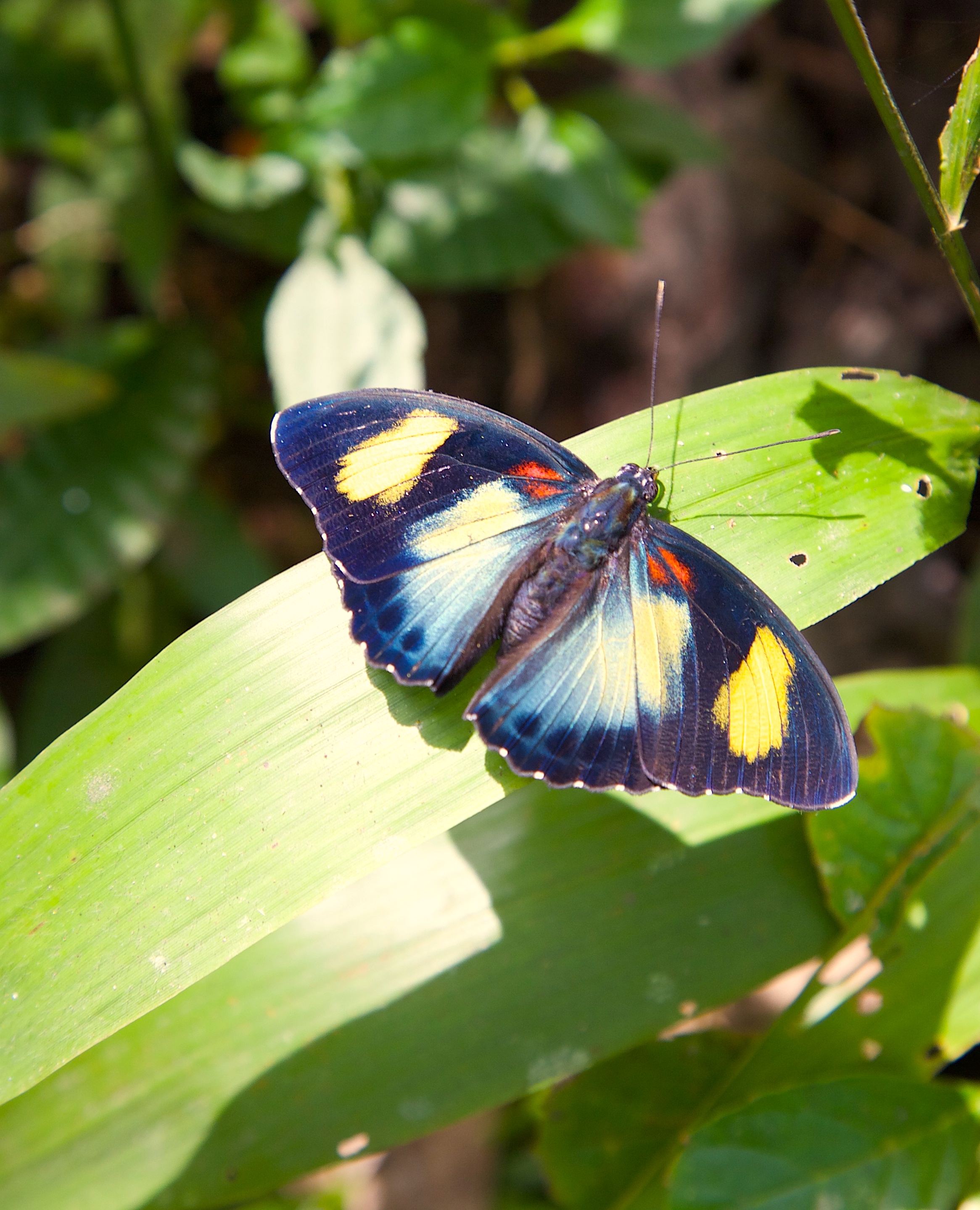
Adventurouspirits
Enlarge
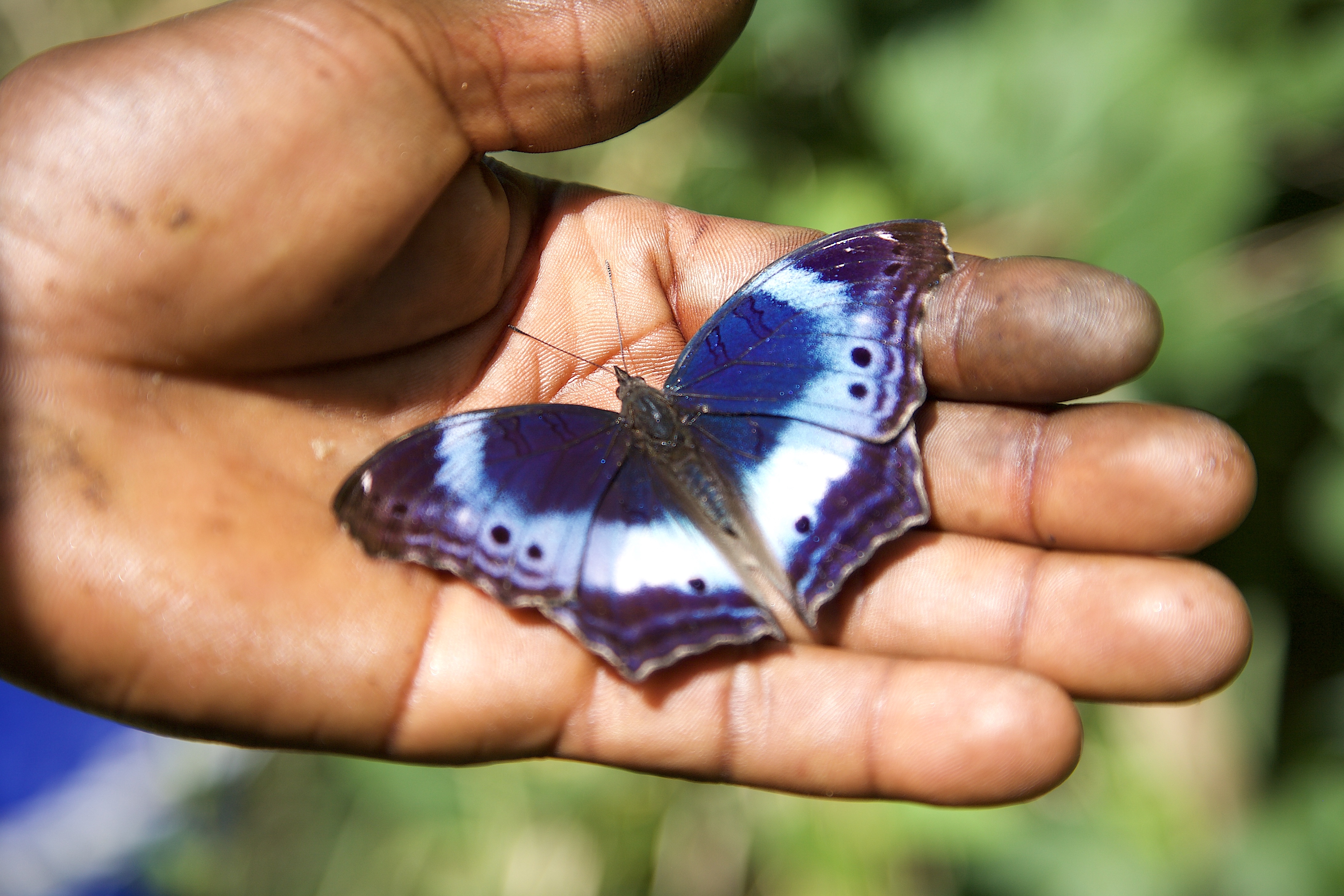
Adventurouspirits
Enlarge
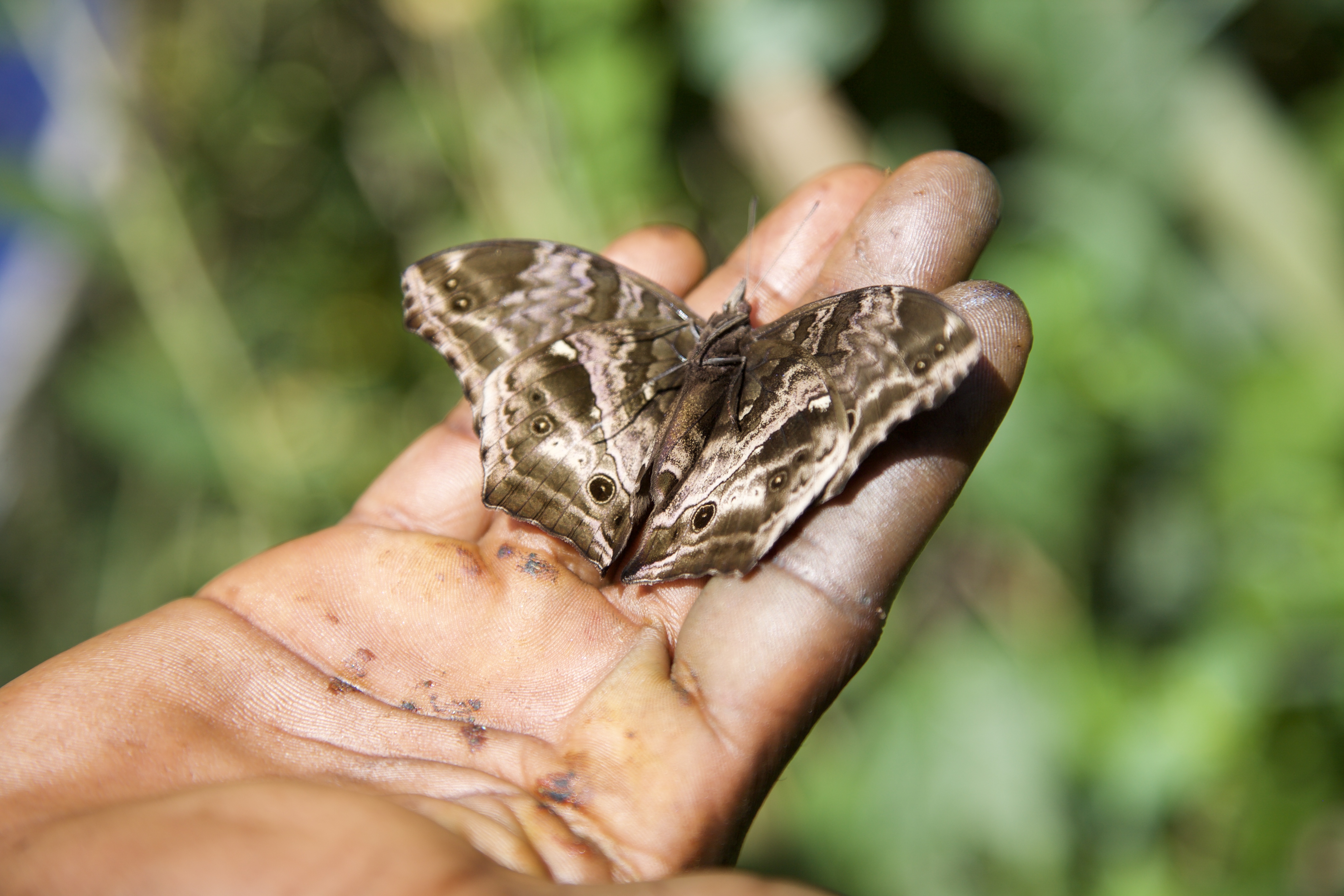
Adventurouspirits
There were also a number of other interesting critters;
Enlarge
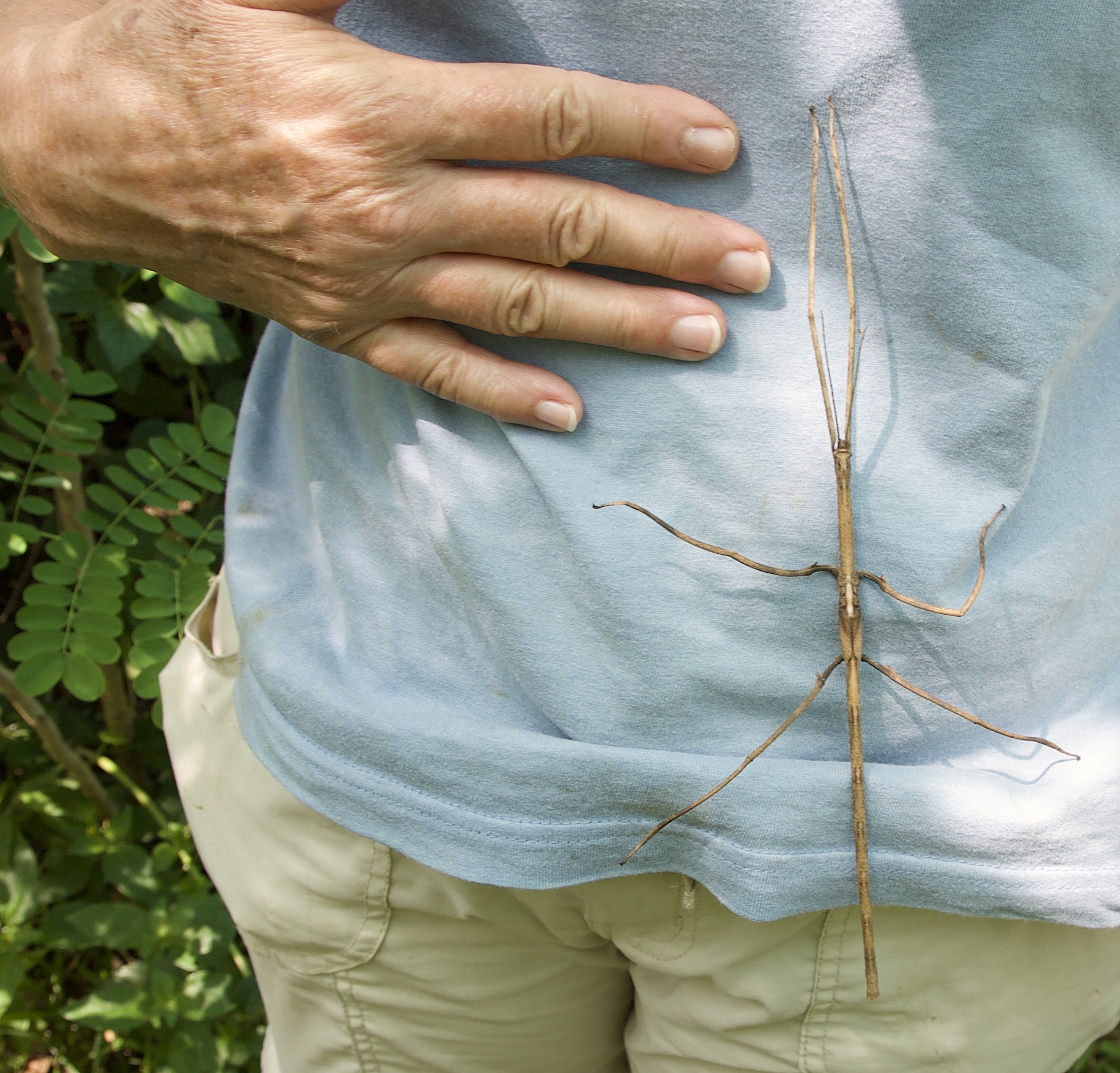
Adventturouspirts
Enlarge

Adventturouspirts
Tom and I huffed and puffed behind him struggling in the heat, up and down the steep pathways and after 4 hours of walking we were both too pooped to enjoy any more butterflies.
Enlarge

Adventurouspirits
Monsieur Prosper was also very knowledgeable about the plants and trees and demonstrated to us how he uses them to source the colors he needs to do his artwork. Another of his passions.
Enlarge

Adventurouspirits
Enlarge
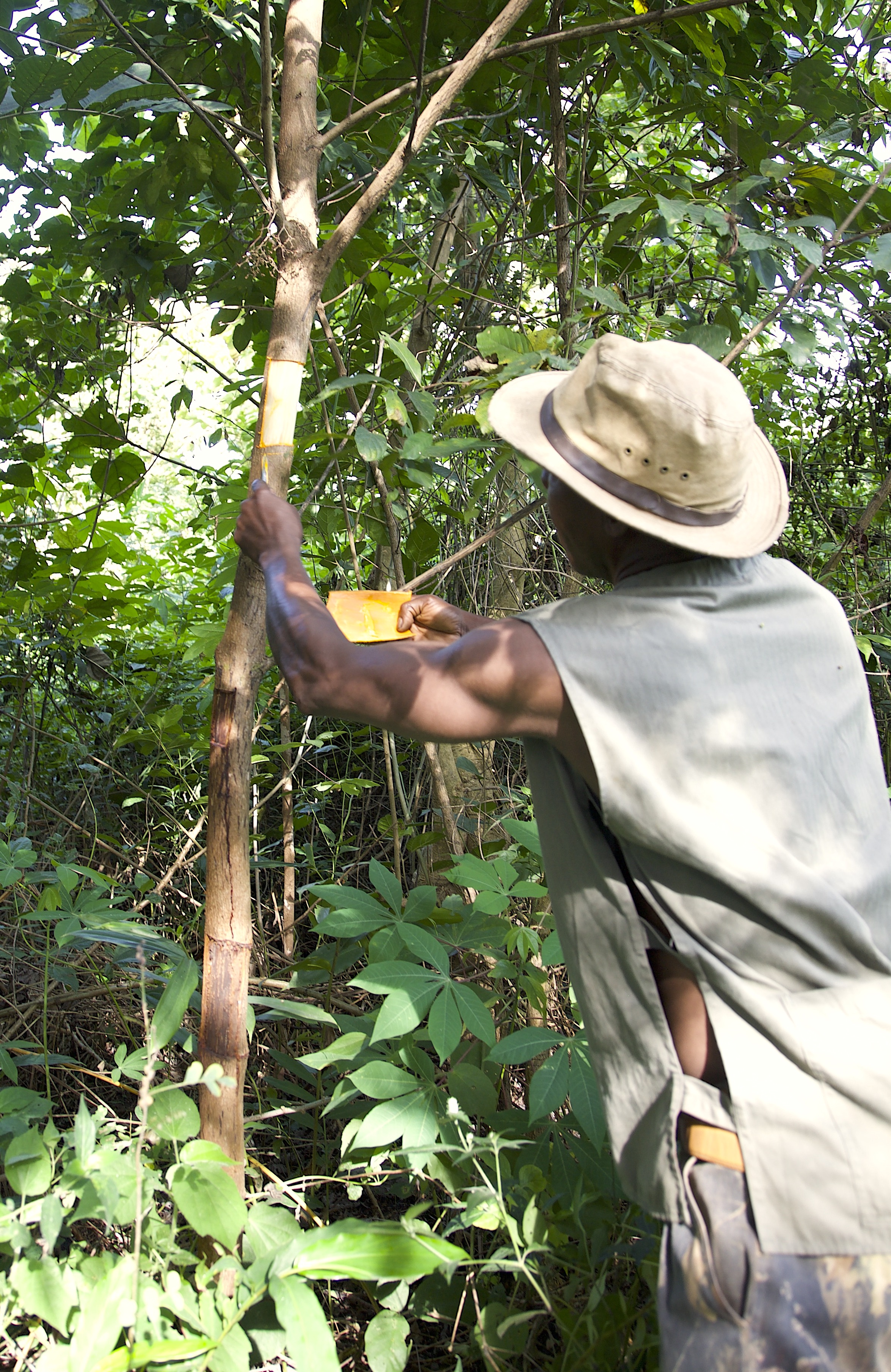
Adventurouspirits
Enlarge

Adventurouspirits
Enlarge

Adventurouspirts
There is an Angolan Embassy in Lome the capital of Togo, so we thought we would make our first attempt at getting this elusive visa. The guard refused Tom to even enter the property, but after we showed him our previous visas in our passports he went inside himself to speak to someone. He returned to tell us that we could not apply for a visa in Lome but would have to do that in Nigeria, and too his surprise we said we would do just that. I don’t think he was expecting us to say we would go to Nigeria just for a visa. We did not stay in Lome, it is a city long past its prime with decaying building, rubbish strewn streets an air polluting harbour and a cement factor. Huge transport trucks and people on mopeds drove along the potholed promenade while fishermen pulled large fishing nets in from the sea from the beach.
Our next destination was Togoville. The main features of the town are Togoville Cathedral, built in 1910, and a shrine to the Virgin Mary to mark where she is said to have appeared on 7 November in the early 1970s. This area is a centre for the practice of voodoo and there are numerous voodoo shrines in the town and the former royal palace. Nearby there is an important sacred forest. A short distance to the west of the church is the Maison Royale, a small museum that houses Mlapa’s throne and various historic relics and photographs. The quickest way to the village is by boat. We hired a man to take us by pirogue across Lac Togo to the village. Tom and I hung on the each side of the pirogue while water washed over into the pirogue filling as we sailed across the lake. A pink bucket floated in the water around our feet to be used for bailing if necessary.
Enlarge

Adventurouspirits
Enlarge
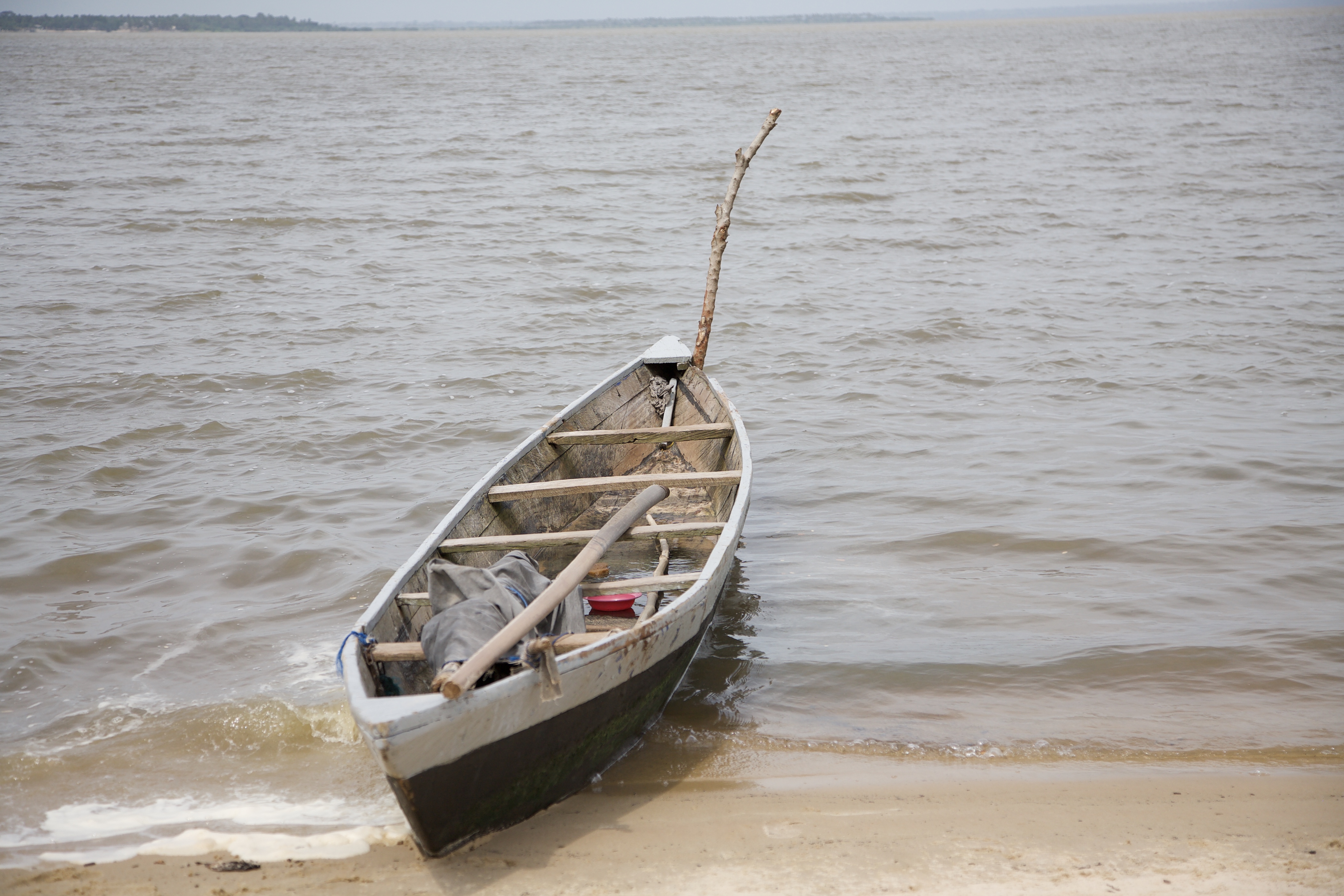
Adventurouspirits
Enlarge
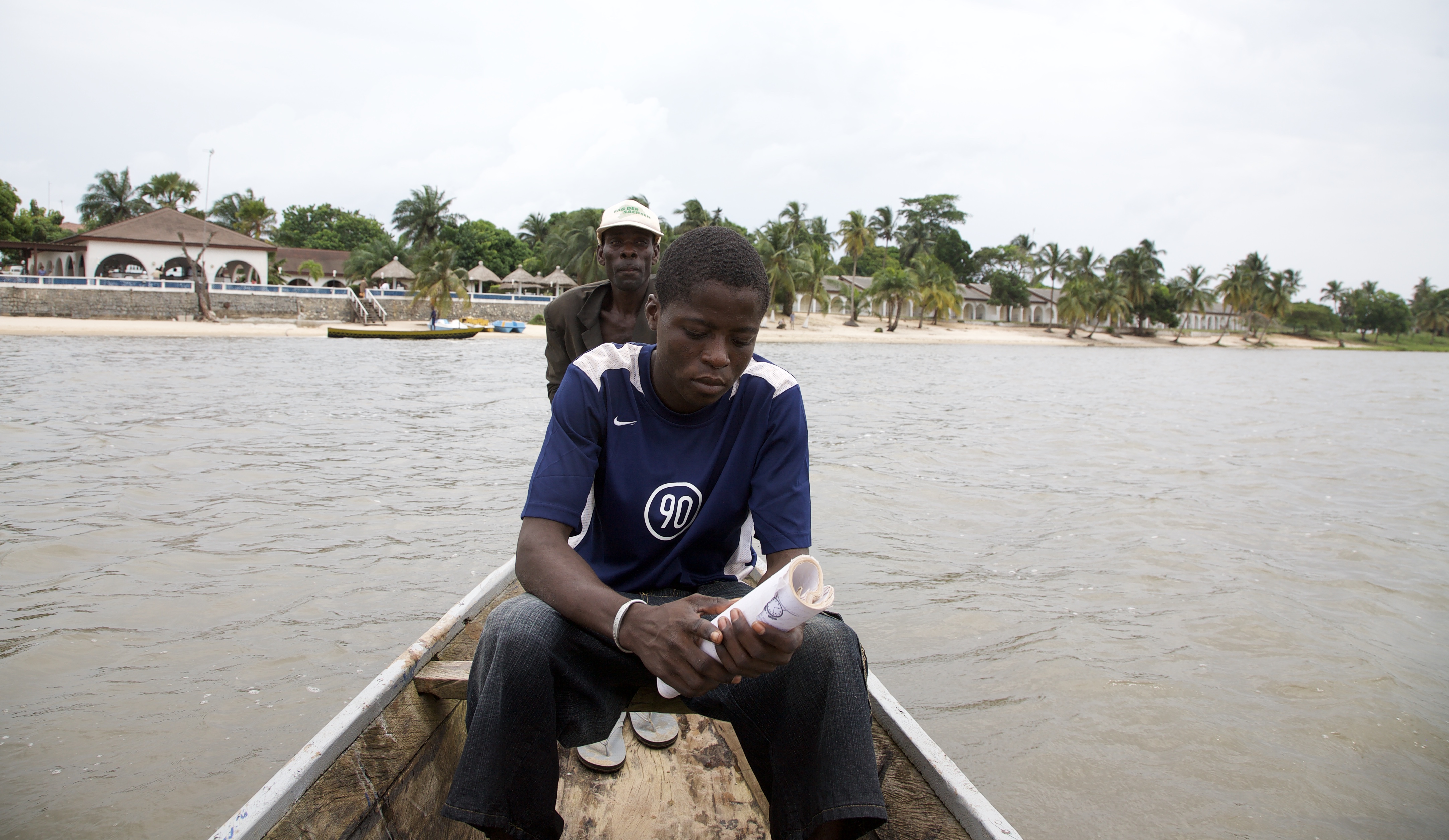
Adventurouspirits
Enlarge

Adventurouspirits
After a short but uncertain voyage in the ancient leaking sailboat we safely reached the shore and left for a tour of the village, with its clash of voodoo shrines and shrines to the Virgin Mary. The village with only about 8000 people is divided into 2 sections, the voodoo section and the Catholic section. In fact even the Pope visited Togoville in 1985 when it was reported that the Virgin Mary was allegedly seen walking on the water. A village where the voodoo fertility shrine of Mama Fiokpo and her feebly endowed male counterpart are within a few hundred meters of the shrine to the Virgin Mary. We wandered through the village, which seemed to be tired of living despite its interesting history and cultures. We visited several voodoo shrines, several now shut behind metal bars, the Royal House, saw the canoe specially built for the Pope voyage across the lake, (I am sure he did not have to bail out water) and the imposing Catholic Cathedral. A clash of culture, a clash of religious and spirituals beliefs, an interesting but some what sad village.
Enlarge
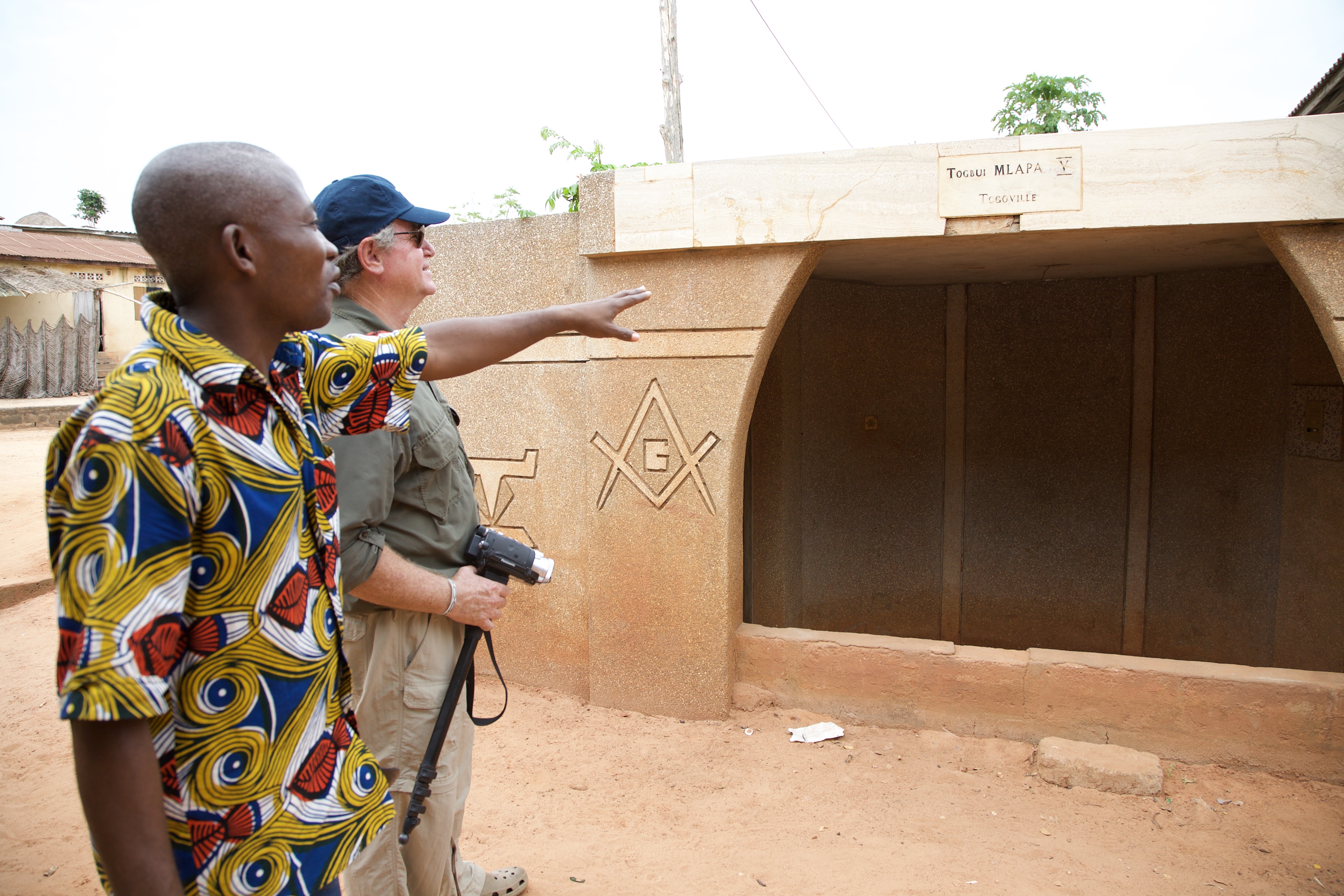
Adventurouspirits
Enlarge
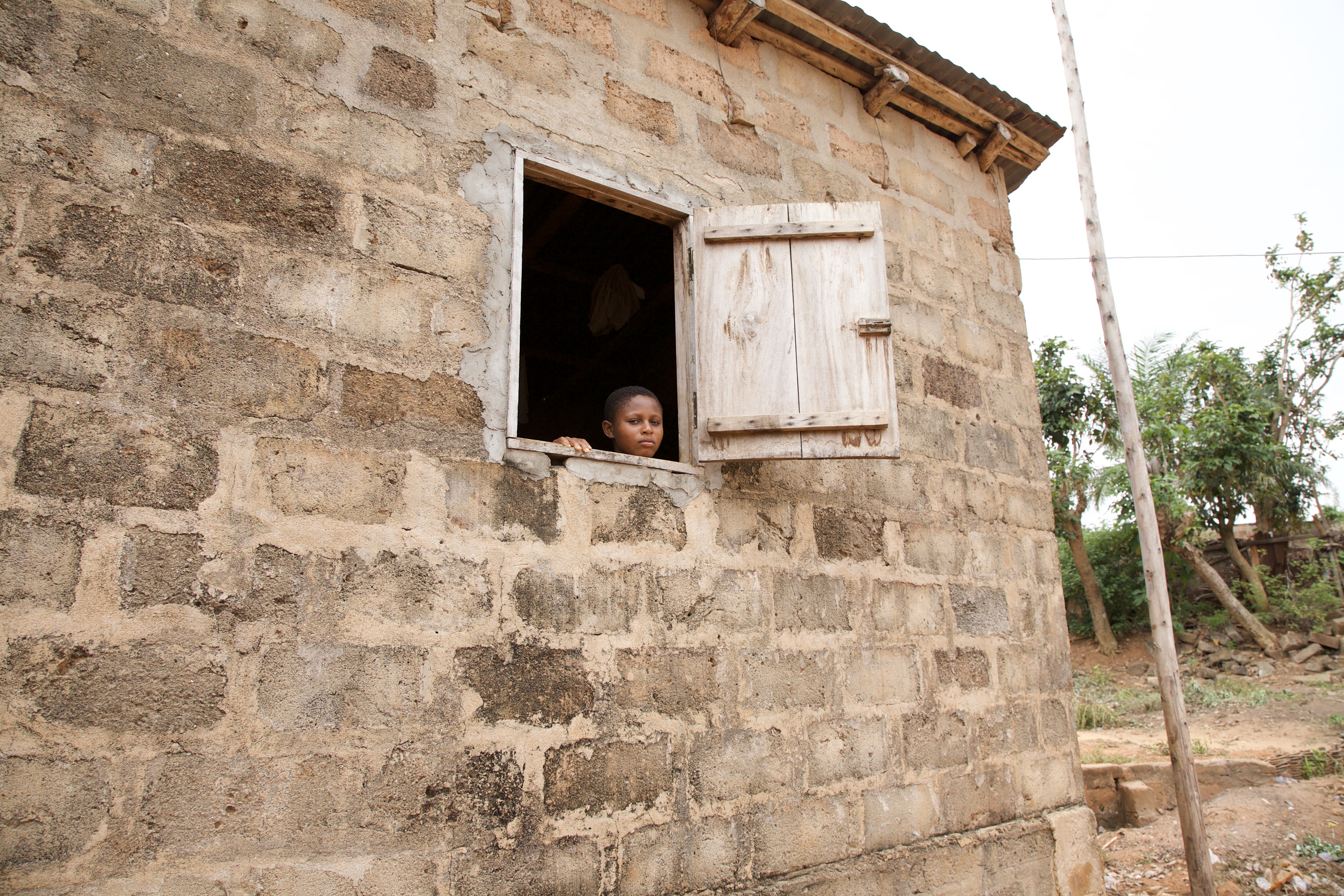
Adventurouspirits
Enlarge
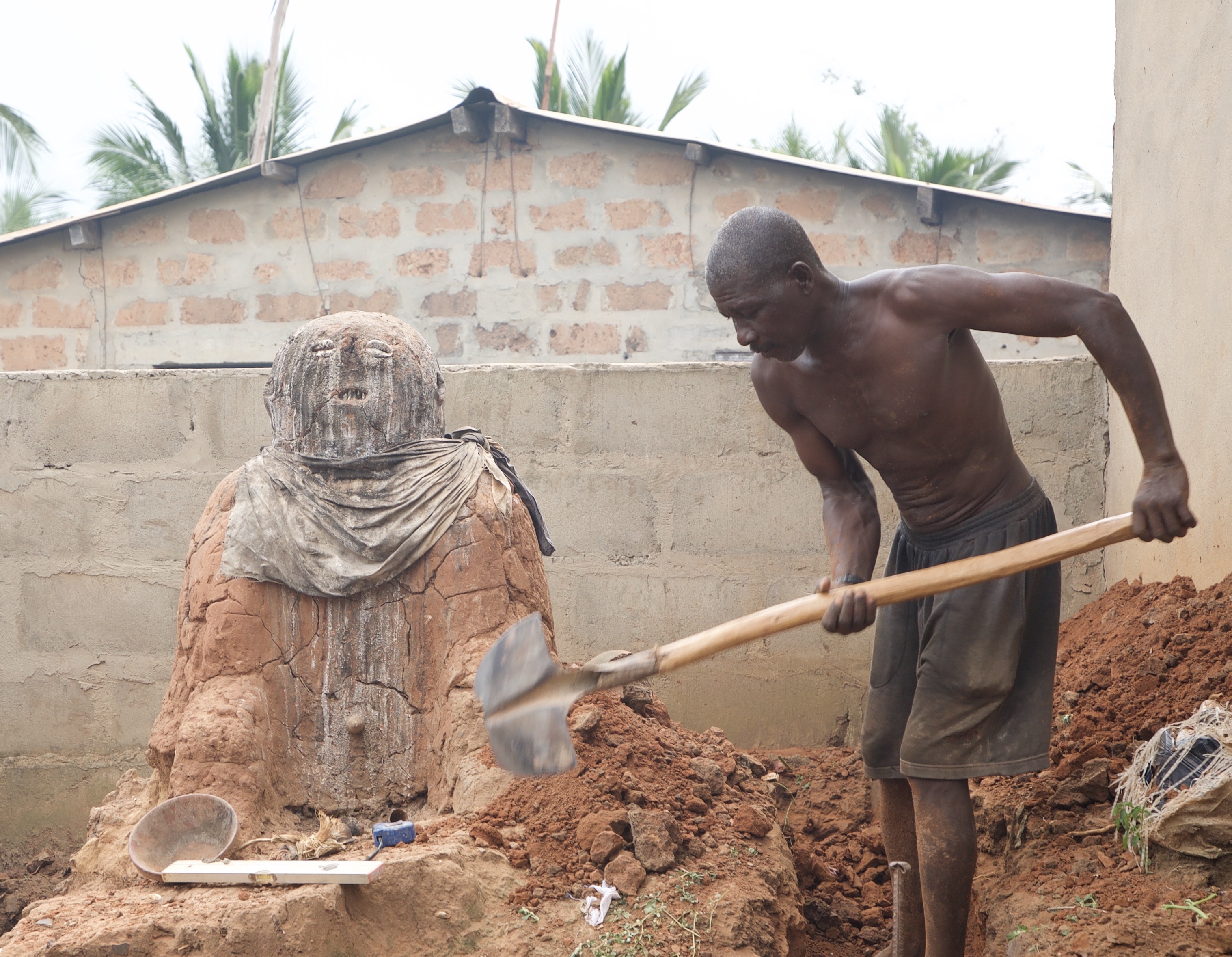
Adventurouspirits
Enlarge
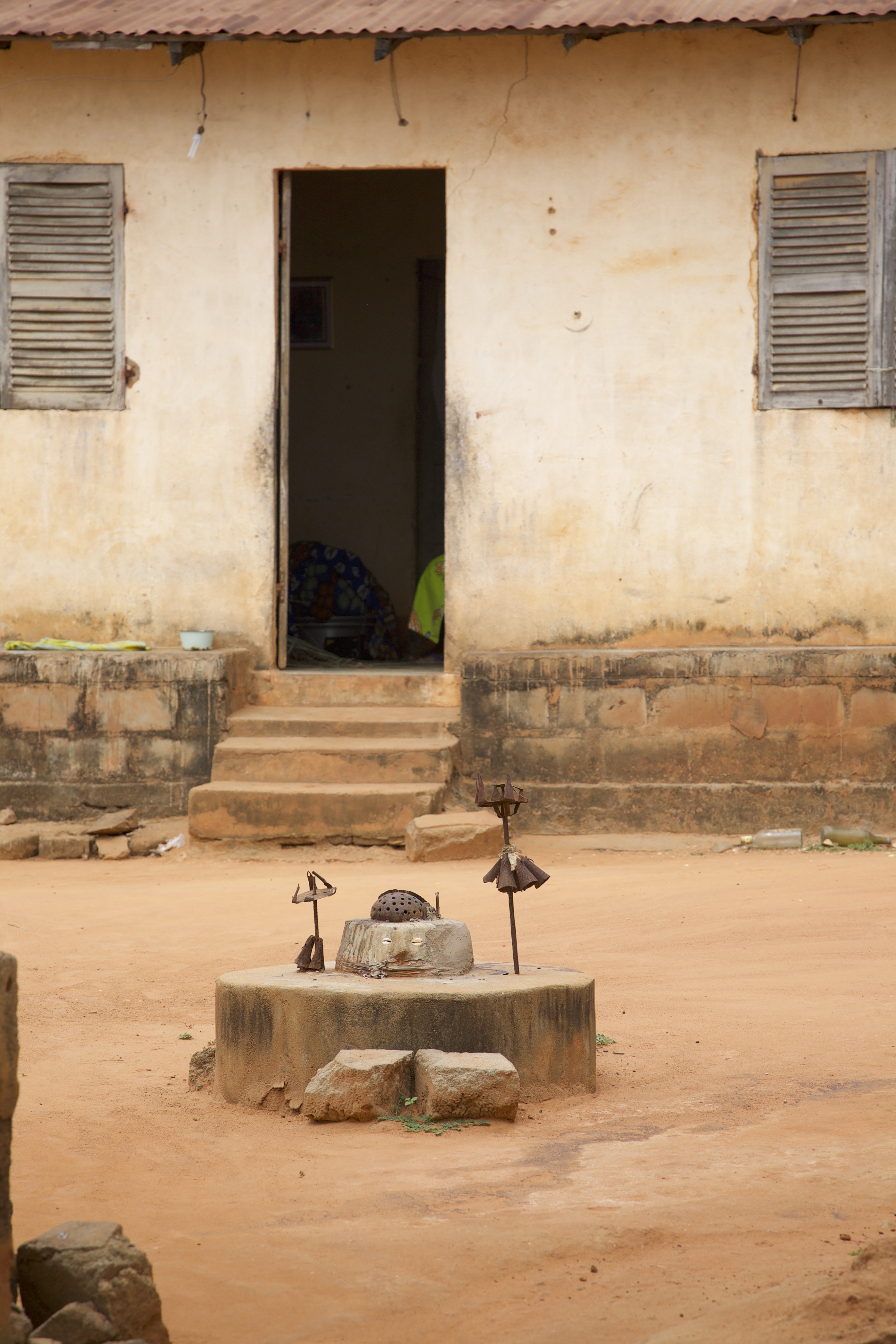
Adventurouspirits
Enlarge
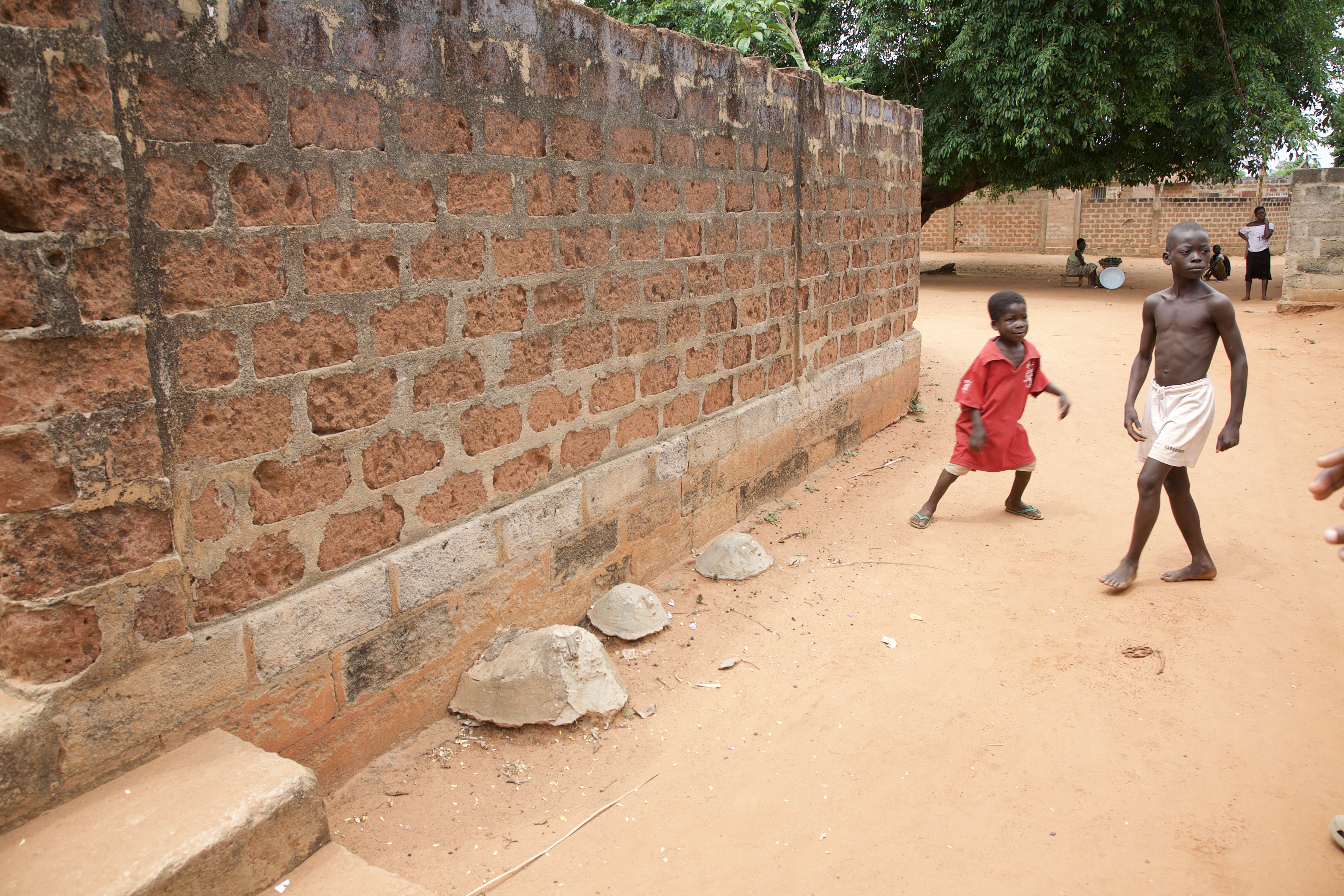
Adventurouspirits
Enlarge
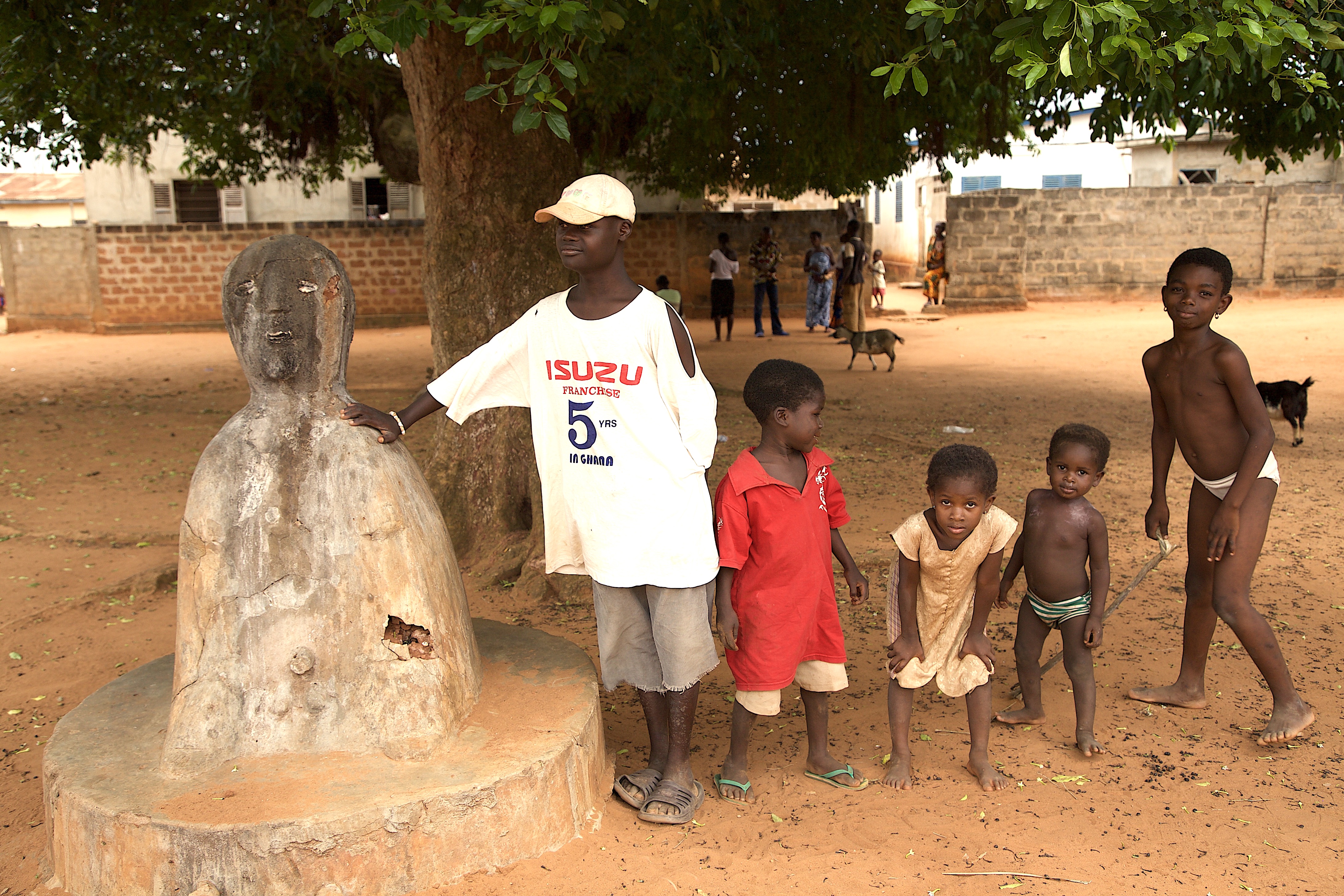
Adventurouspirits
Enlarge
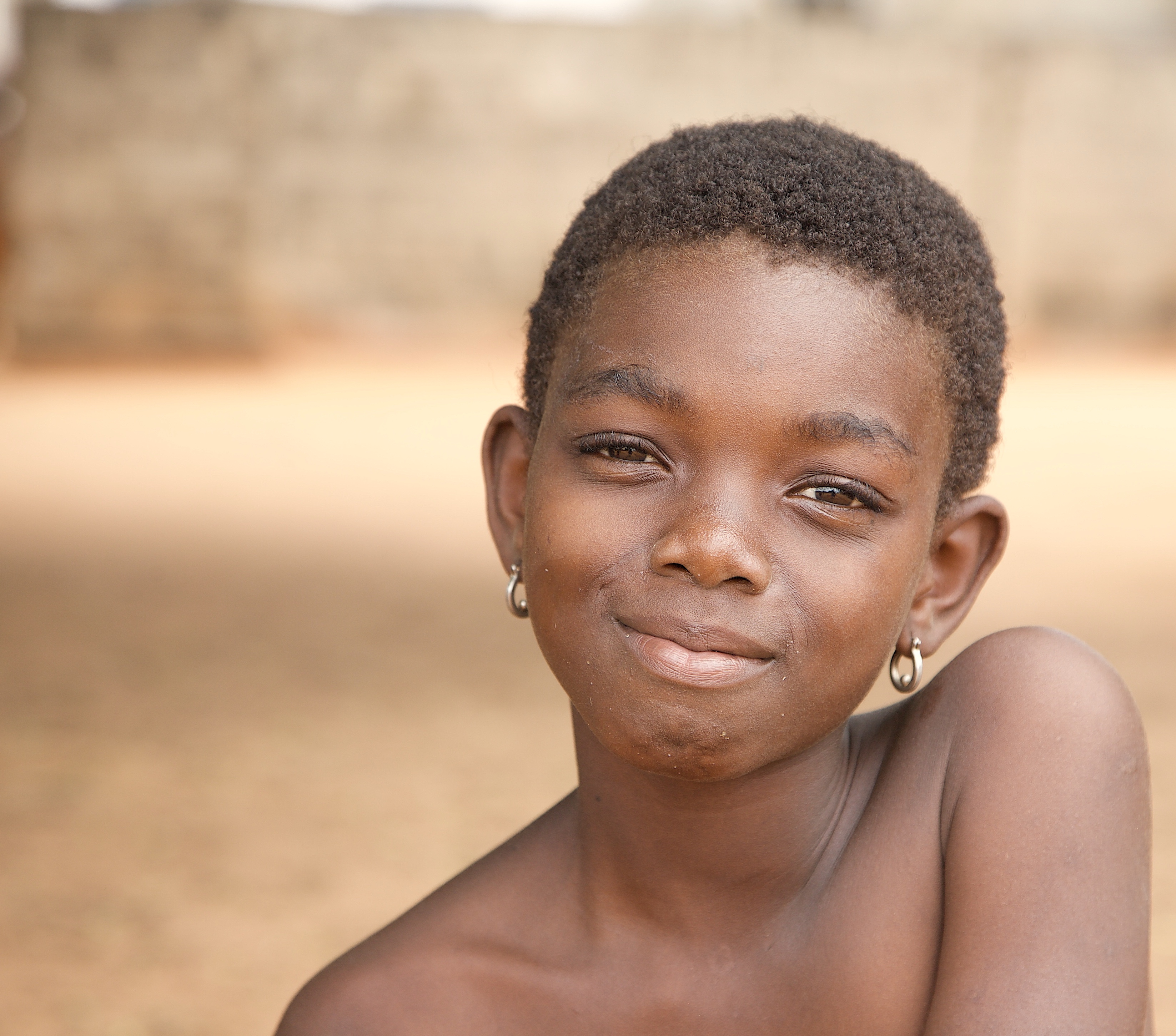
Adventurouspirits
Enlarge

Adventurouspirits
Enlarge
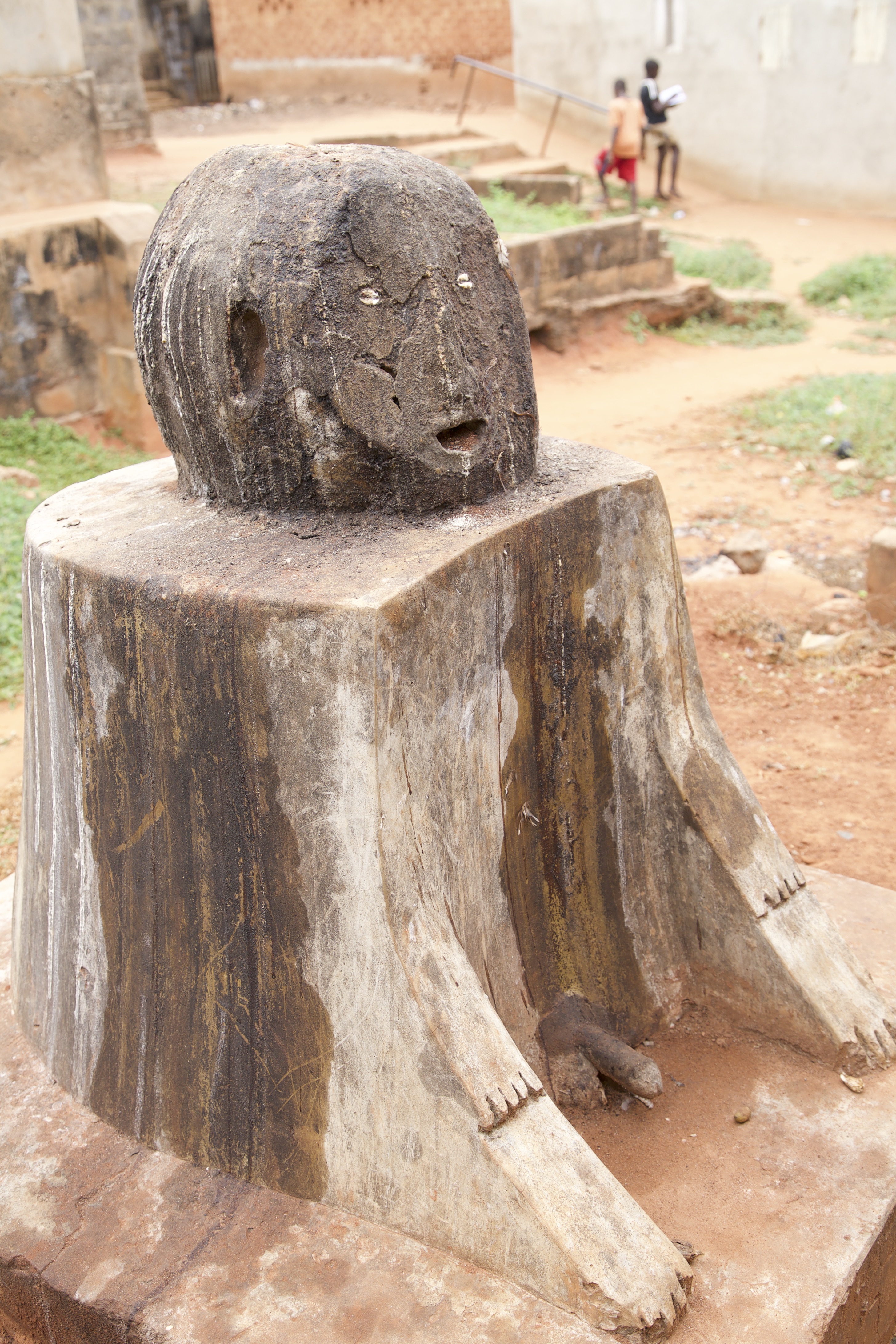
Adventurouspirits
Enlarge
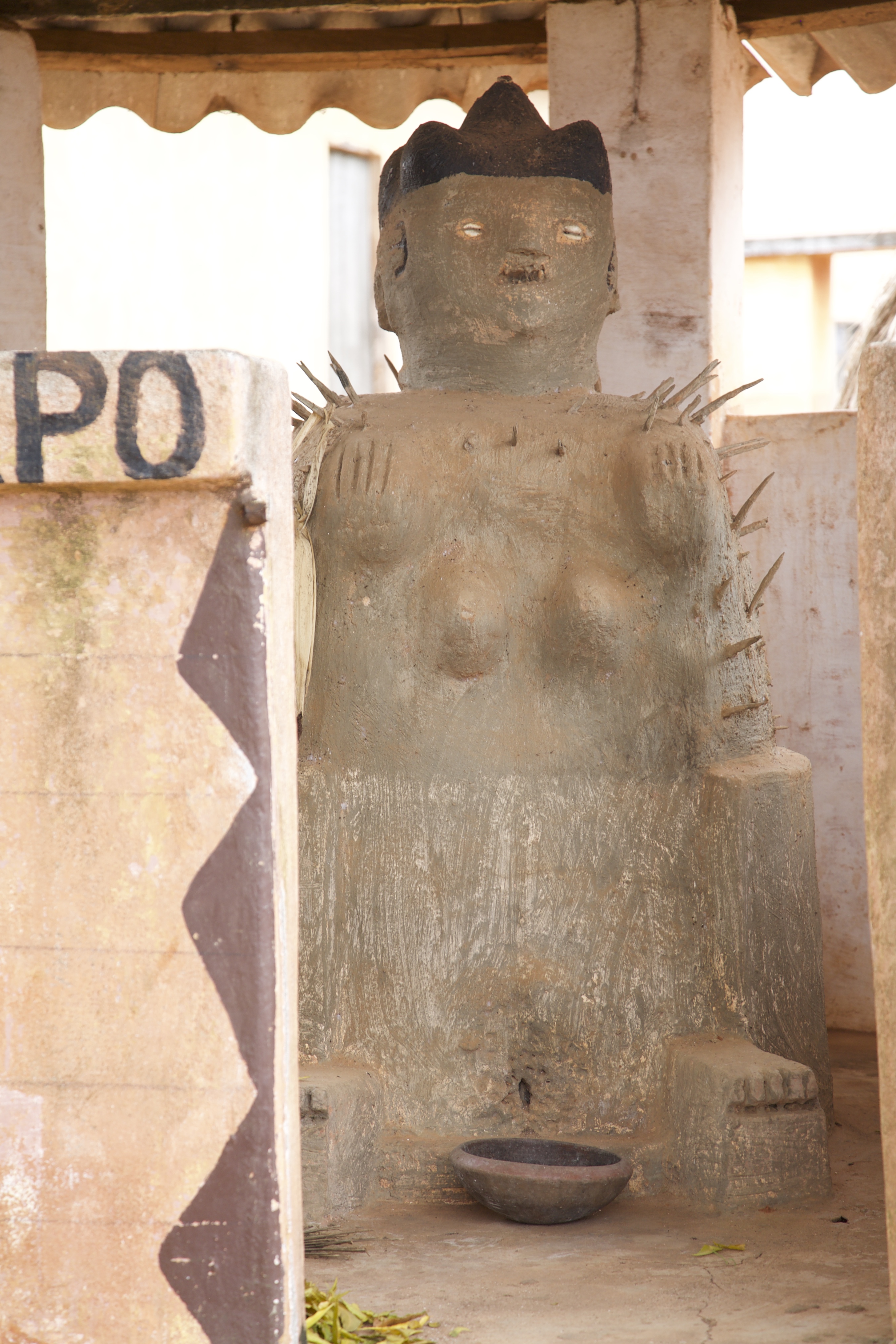
Adventurouspirits
Enlarge

Adventurouspirits
Enlarge
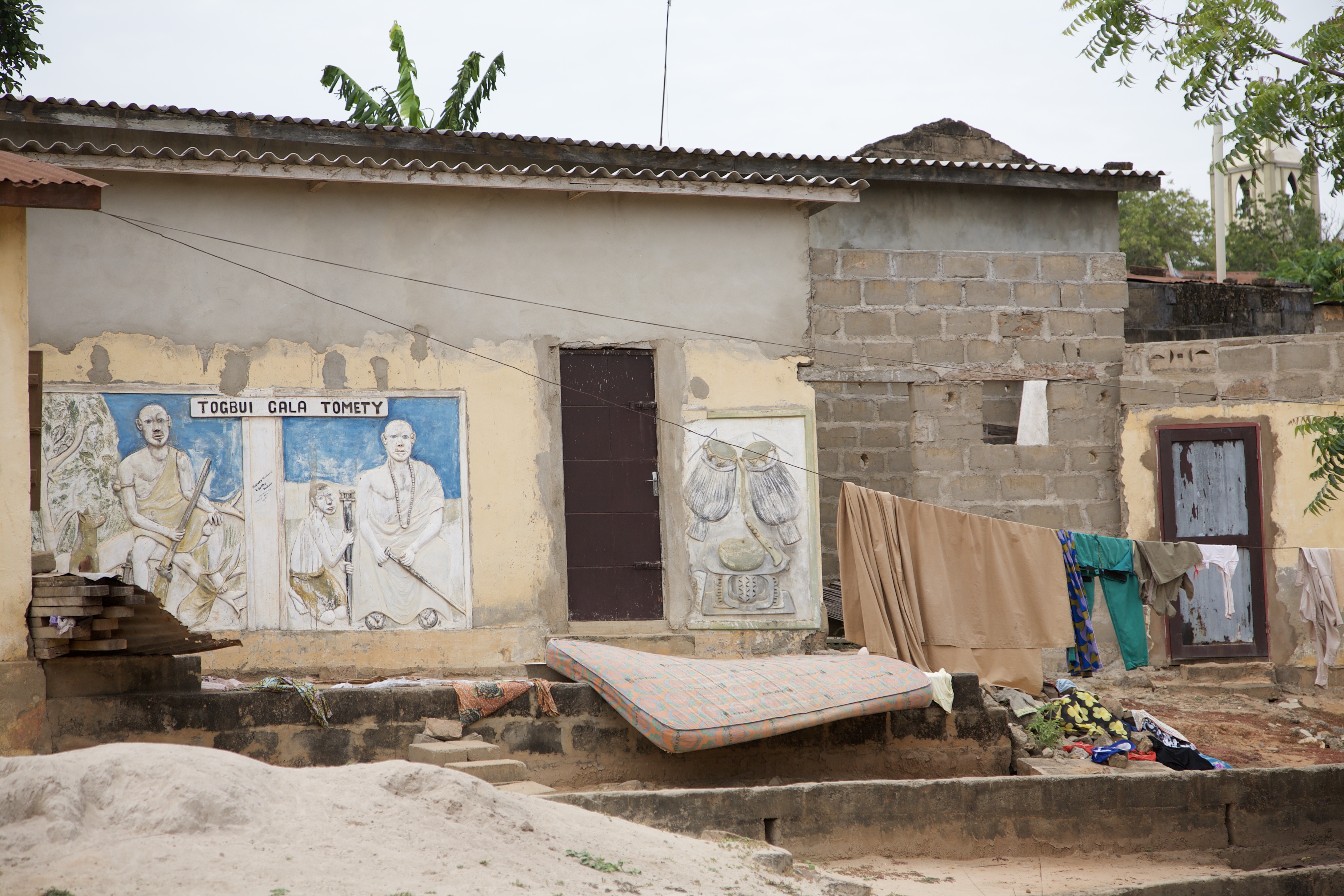
Adventurouspirits
Enlarge
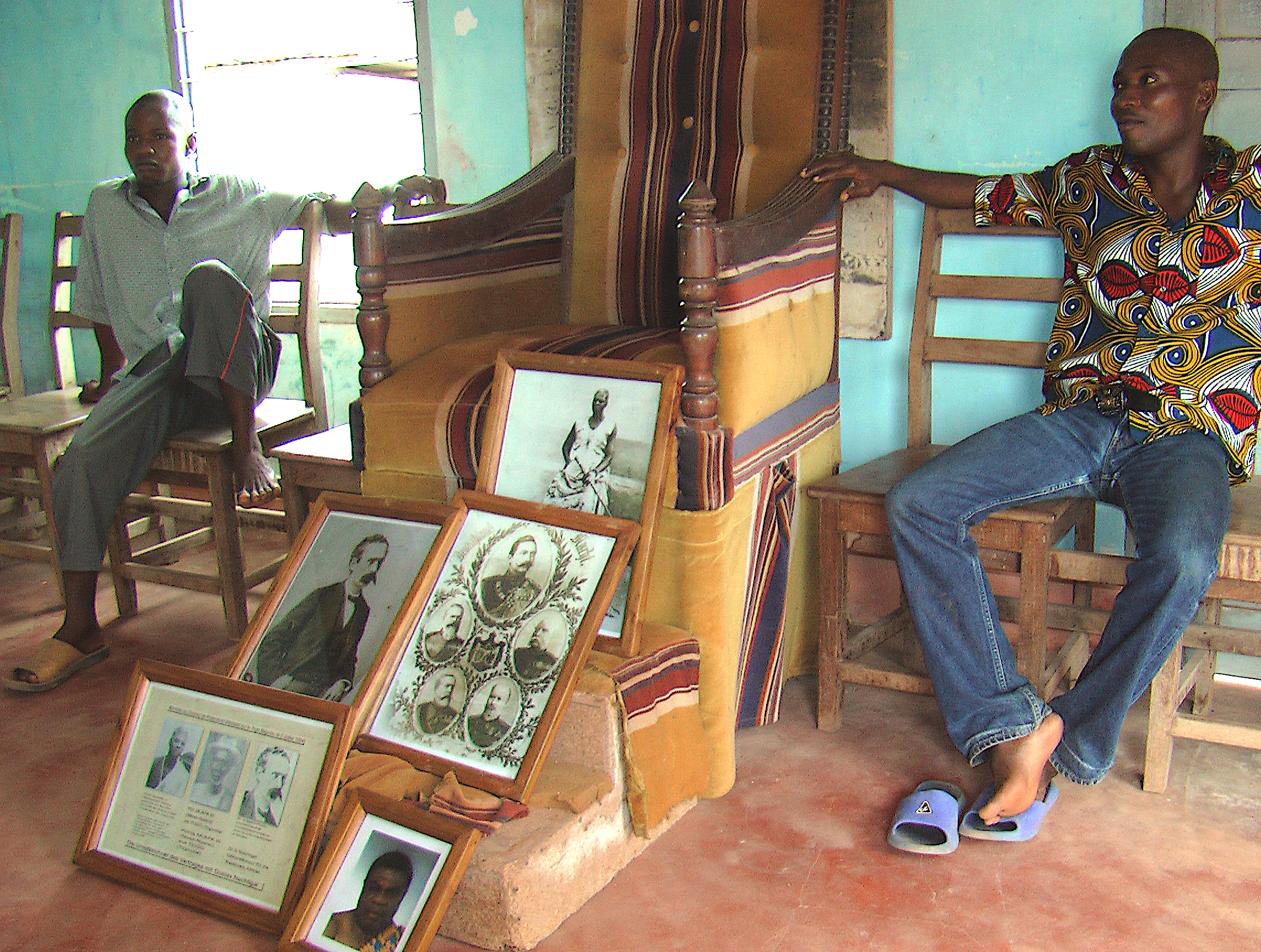
Adventurouspirits
Enlarge

Adventurouspirits
Enlarge
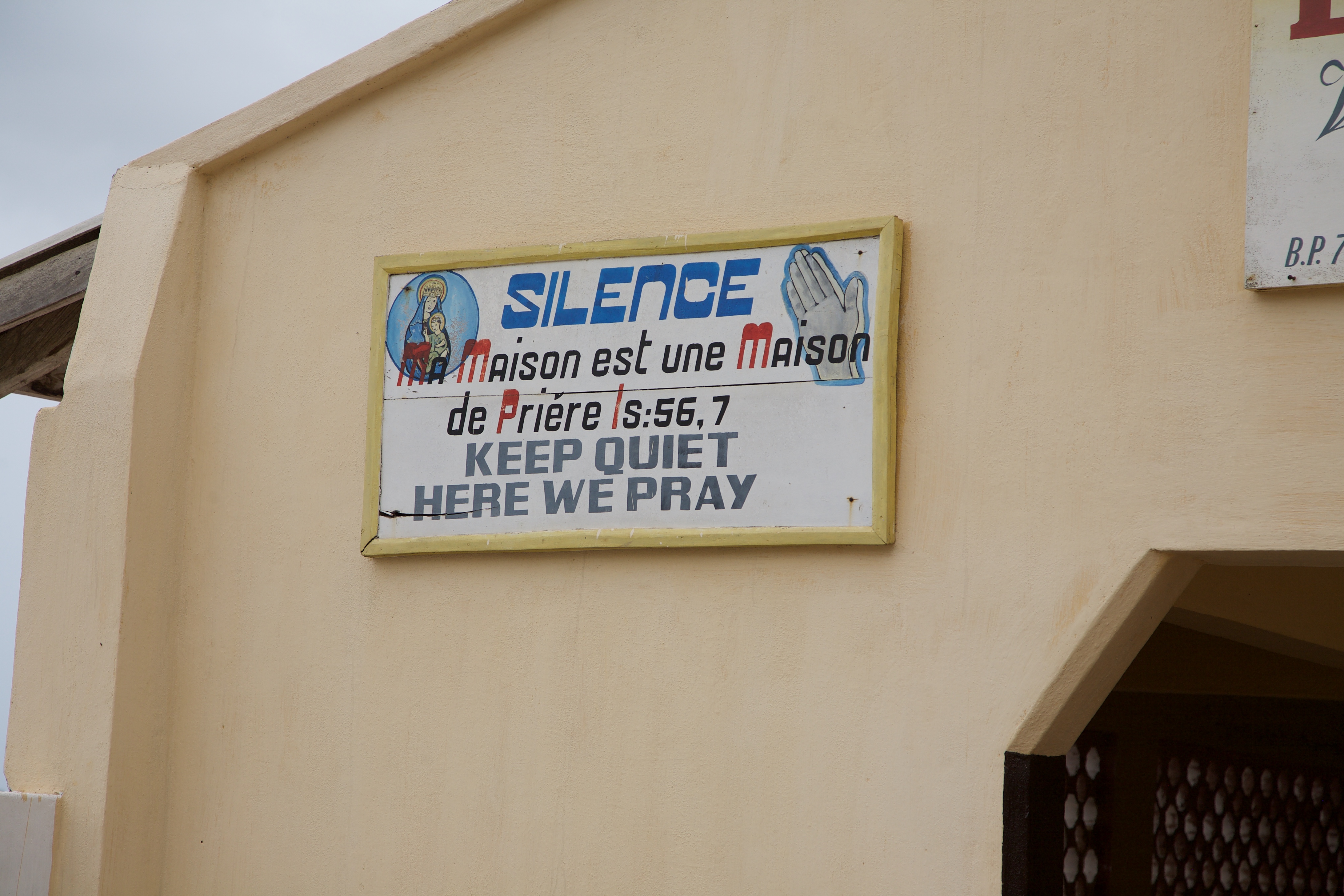
Adventurouspirits
As we leave on our simple sailboat a young boy peeks his head out to watch us go. I wonder what he was thinking.
Enlarge

Adventurouspirits
